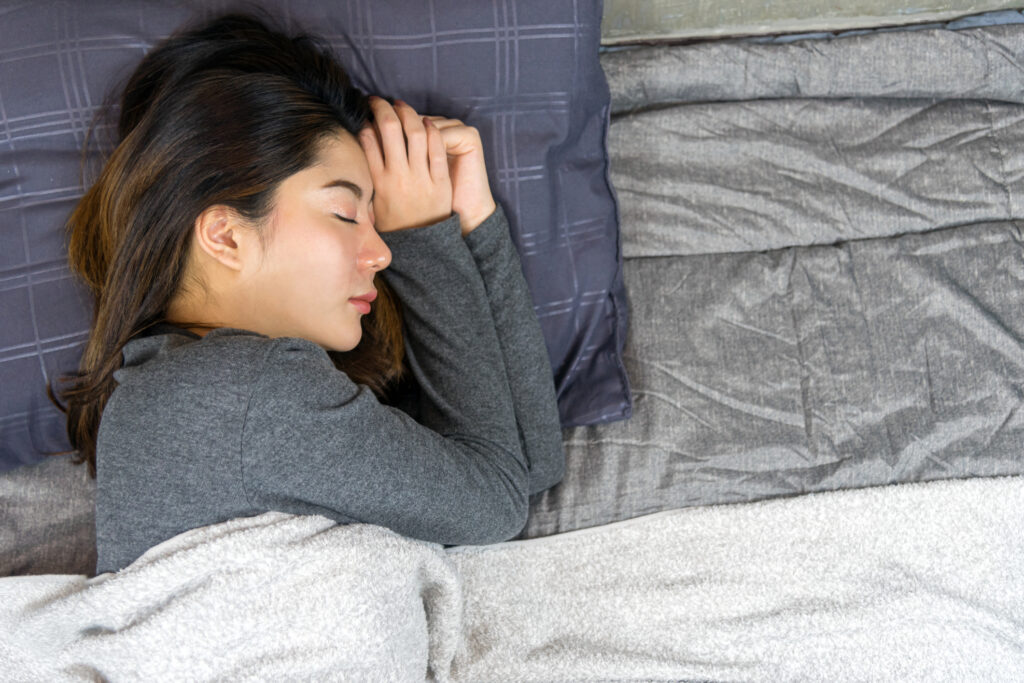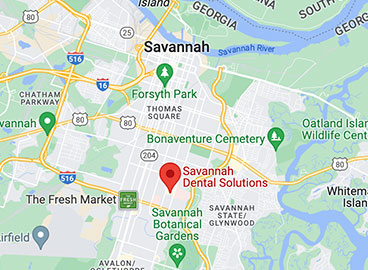
Do you or a loved one suffer from sleep apnea? Sleep apnea is a disorder characterized by snoring and breathing issues at night. If you, your spouse, or your child snore at night, it is very likely that sleep apnea is at play.
Snoring may not seem like a big deal, other than causing an annoyance to your spouse or other members of your family. However, people with sleep apnea actually stop breathing for periods of time while they are asleep. When your breathing pauses long enough, your brain registers that fact and forces you to move or shift to resume breathing. This disrupts your natural sleep cycle and prevents you from getting good quality sleep. It also deprives your body of necessary oxygen for short periods of time.
What Can You Do to Relieve the Symptoms of Sleep Apnea?
Changing your sleep position can improve sleep apnea. If you snore at night, your spouse may nudge you to wake you up enough that you stop snoring. If you roll over or change position, often the snoring stops. Which bears the question: What sleep position is best for sleep apnea?
- – Sleeping on your left side. The best position for sleep apnea is the left side. Sleeping on your left side improves circulation, prevents or reduces acid reflux, and helps your body filter out toxins and waste. Acid reflux prevention is a key improvement, as it is related to snoring and sleep apnea. Sleeping on your side prevents the tongue and throat muscles from sliding back to block your airway.
- – Sleeping on your right side. The next best position for sleep apnea is your right side. It still reduces snoring and improves circulation.
- – Sleeping on your stomach. This position is good for preventing snoring and sleep apnea, but it is not necessarily ideal for other reasons. If you suffer from back or neck pain, sleeping on your stomach may exacerbate that.
The worst sleep position for sleep apnea is on your back. This position allows your tongue and throat muscles to relax and fall back to block your breathing. However, if this is how you prefer to sleep in order to be comfortable, you may need a different form of sleep apnea intervention.
What to Do If Changing Sleep Positions Doesn’t Help
Now that you know what sleep position is best for sleep apnea, what do you do if that doesn’t work? If you still snore or experience symptoms of sleep apnea despite attempts to adjust your sleeping position, you may need additional intervention. Does this mean you need to see a sleep specialist who will prescribe a loud, bulky CPAP machine? Not necessarily.
Your dentist may be able to help by offering you a sleep apnea mouth guard. A mouth guard can help to position your tongue and mouth tissues in a way that prevents snoring and airway obstruction. An added bonus is that it protects the teeth from the harmful effects of grinding, which often accompanies sleep apnea.
One such product is the SomnoDent® mouth guard. This mouthpiece is small, silent, and effective. 91% of patients reported improved sleep quality with regular use and 88% of patients reported using it regularly. SomnoDent® is covered by a 3 year warranty.
Savannah Dental Solutions Provides Sleep Apnea Relief
Are you looking for sleep apnea treatment in Savannah? If you or a loved one are experiencing the negative effects of sleep apnea, Savannah Dental Solutions can help. Through the SomnoDent® mouth guard, you can stop snoring at night and experience better quality sleep. We have fitted many satisfied patients with mouth guards that have changed their lives.
Call (912) 354-1366 or contact us to schedule a consultation. We look forward to helping you get better quality sleep and all of the health benefits that go with it.


